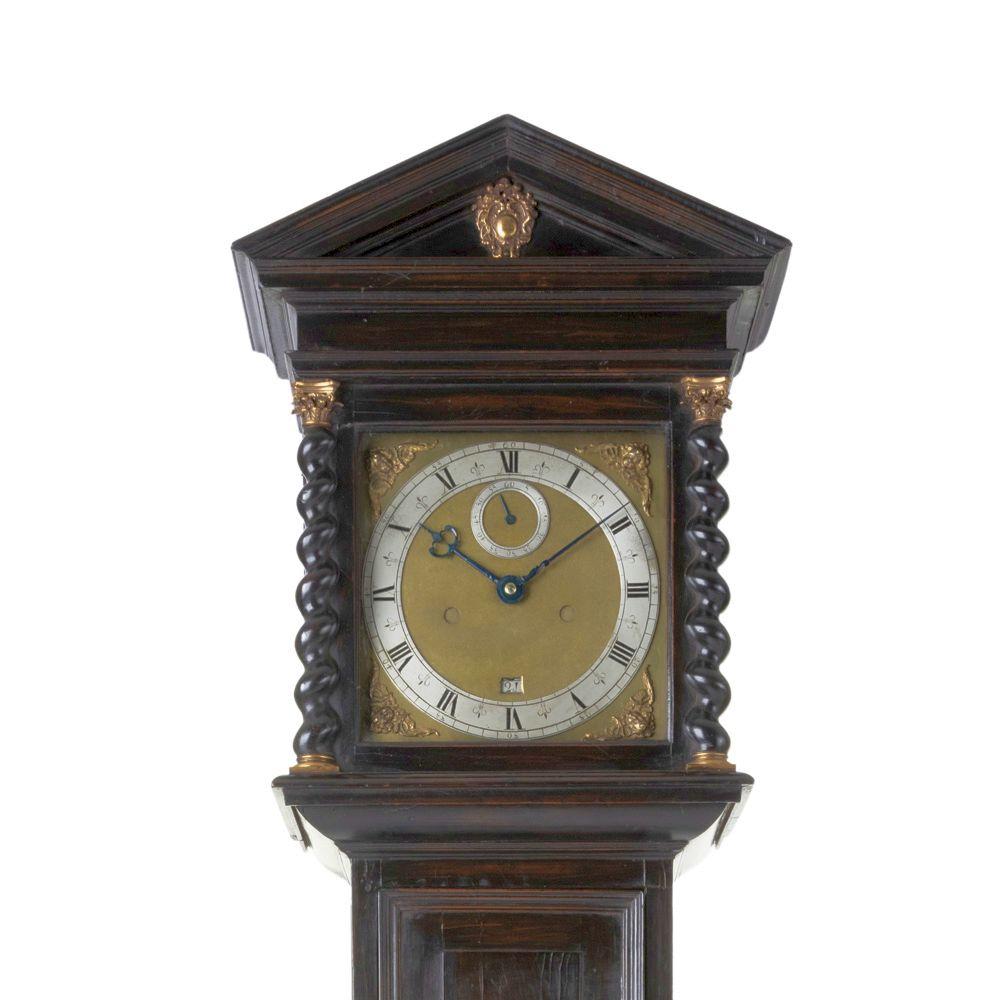Directory and moreAll AntiquesFurnitureSilverArtJewellerySalvageClocksMirrorsChairsGlassCeramicsDirectory and moreBedsBookcasesCabinetsChairsChest of DrawersCupboardsDesksDressersDressing TablesSideboardsStoolsTablesWardrobesBasketsBowlsBoxesCandlesticksCard HoldersCoastersCoffee PotsCondimentsCutleryDecanter LabelsDishesSpoonsVasesCityscape ArtContemporary ArtDrawingsEaselsLandscape ArtMarinescape ArtMiniaturesOil PaintingsPastelPortraitsSeascape ArtStill LifeWatercoloursAntique Bracelets & BanglesBroochesCufflinksDiamond RingsEarringsEngagement & Wedding RingsJewellery BoxesLocketsNecklacesPendantsRingsSets - Demi ParureSolitaire RingsBathsChimneysColumnsDoor Handles / Door Stops / Door KnockersDoorsFireplacesFlooringIndustrial antiquesLocks / KeysReclaimed & Industrial LightingReclamationWindowsBracket ClocksCarriage ClocksClock SetsCuckoo ClocksDial ClocksFusee ClocksGrandfather ClocksLongcase ClocksMantel ClocksPocket WatchesSkeleton ClocksWall ClocksWatchesConvex MirrorsDressing MirrorsDressing Table MirrorsFrench MirrorsGilt MirrorsLarge MirrorsOval MirrorsOvermantle MirrorsPier MirrorsSwing MirrorsToilet MirrorsVictorian MirrorsWall MirrorsArmchairsClub ChairsCorner ChairsCountry ChairsDesk ChairsDining ChairsHall ChairsKitchen ChairsLibrary ChairsOffice ChairsPair of ChairsRocking ChairsWing ChairsAntique Drinking GlassesChampagne GlassesDecantersEpergnesGlass BowlsGlass CruetGlass DishesGlass InkwellGlass JugsGlass SculpturesGlass VasesScent BottlesTantalusAnimal FigurinesBlue and WhiteBowlsChargersChinaCoffee Pots & SetsDinner ServiceDishesFigurinesJugsTea Pots and SetsVases (Ceramic)Business DirectoryLoveAntiques DealersHome & LivingBlogMaterialsPeriodsArtisansOriginsGifts For HimGifts For Her

Antique Clock Company

The Antique Clock Company specialise in the Sales, Repair and Restoration of Fine Clocks.
Address
The Antique Clock Company
Weymouth
Dorset
United Kingdom
DT3 4JT
Opening times
Monday 10.00 to 17.00 Tuesday 10.00 to 17.00 Thursday 10.00 to 17.00 and Friday 10.00 to 17.00
Phone
+441305 873852
LoveAntiques Dealersince Jun 2024Approved itemFree Delivery
Rare & Elegant Architectural Longcase Clock – Henry Jones
REF: LA512049
£60,000
€68,462
$80,621
LoveAntiques Dealersince Jun 2024Approved itemFree Delivery
Description
This rare 17th-century longcase clock, designed in an architectural style attributed to John Webb (1611-1672), exemplifies the refinement of the era. Encased in slender ebony veneer, it features a hood originally designed to rise, now converted to a sliding mechanism for convenience. Fine ebony mouldings trace the lines of the case, while a gilt-brass cartouche sits prominently on the tympanum. Gilt-brass Corinthian capitals support the plain frieze, with three-quarter tapered ebony columns at the front and quarter columns at the rear, all extending upwards to meet the entablature. The hood gracefully rests on a convex throat molding, above a full-width rectangular trunk door adorned with triple panel molding and matching side panels, giving the piece an impressive architectural presence. The base is elegantly anchored on four turned bun feet.
The sublimly small 9-inch square gilt-brass dial, signed Henry Jones Londini, displays a slender silvered chapter ring with trident half-hour markers, Arabic numerals within the minute track, and finely sculpted blued-steel hands. Its matted centre includes a seconds ring and shuttered winding holes, framed by winged cherub head spandrels at each corner. Crafted with four dial feet, the dial captures a blend of functionality and beauty.
The clock houses a two-train, eight-day movement held by five finned baluster pillars. The going train features a traditional pivoted anchor escapement with a pendulum crutch, while the bolt-and-shutter provides maintaining power, and the strike train is regulated by an external countwheel. The movement strikes on a large bell situated above the movement, and the entire setup is held securely onto the original seatboard.
Henry Jones was an esteemed clockmaker who trained under Edward East, gaining independence from the Clockmakers’ Company in 1663. His career began during an optimistic period in London, yet he endured significant challenges as both the Great Plague of 1665 and the Great Fire of 1666 reshaped the city, leaving many clockmakers with devastated workshops. Despite these hardships, Jones persevered, creating exceptional timepieces, like this clock from around 1675. While his designs were more traditional than some contemporaries, Jones remains celebrated for his reliable craftsmanship, which reflects the resilience and mastery needed to thrive in such turbulent times.
Serviced and guaranteed for 3 years.
Provenance: Private collection, UK
Would you like to view this clock in your own home?
Contact us to arrange a viewing with our Homeview service.
(T&Cs apply.)
measurements
Height:
196 cm
declaration
Antique Clock Company has clarified that the Rare & Elegant Architectural Longcase Clock – Henry Jones (LA512049) is genuinely of the period declared with the date/period of manufacture being c.1675
additional info
Period:
Material:
Date of Manufacture:
c.1675
location
This Rare & Elegant Architectural Longcase Clock – Henry Jones is located in Dorset, United Kingdom
Share:
Ask a question
Please note,
This dealer does not accept instant online payment for this item.
To buy this item please email the dealer using the enquiry form below.
A selection of items from Antique Clock Company
Antique Clock Company has 106 items available.Antique Clock Company
Antique French Ormolu Mantel Clock - Henri Jacot
£ 5,500
€6,276
$7,390
Antique Clock Company
James Wood Regulator Longcase Clock
£ 14,500
€16,545
$19,483
Antique Clock Company
Rocking Ship Longcase Clock - Richard Biggs of Romsey
£ 8,250
€9,414
$11,085
Antique Clock Company
Charming Oak Longcase Clock - Richard Alexander of Devizes
£ 5,250
€5,990
$7,054
Antique Clock Company
Exquisite French Four Glass Mantel Clock
£ 4,750
€5,420
$6,382
Antique Clock Company
Elegant Gilt Brass Strut Clock Timepiece
£ 1,950
€2,225
$2,620



